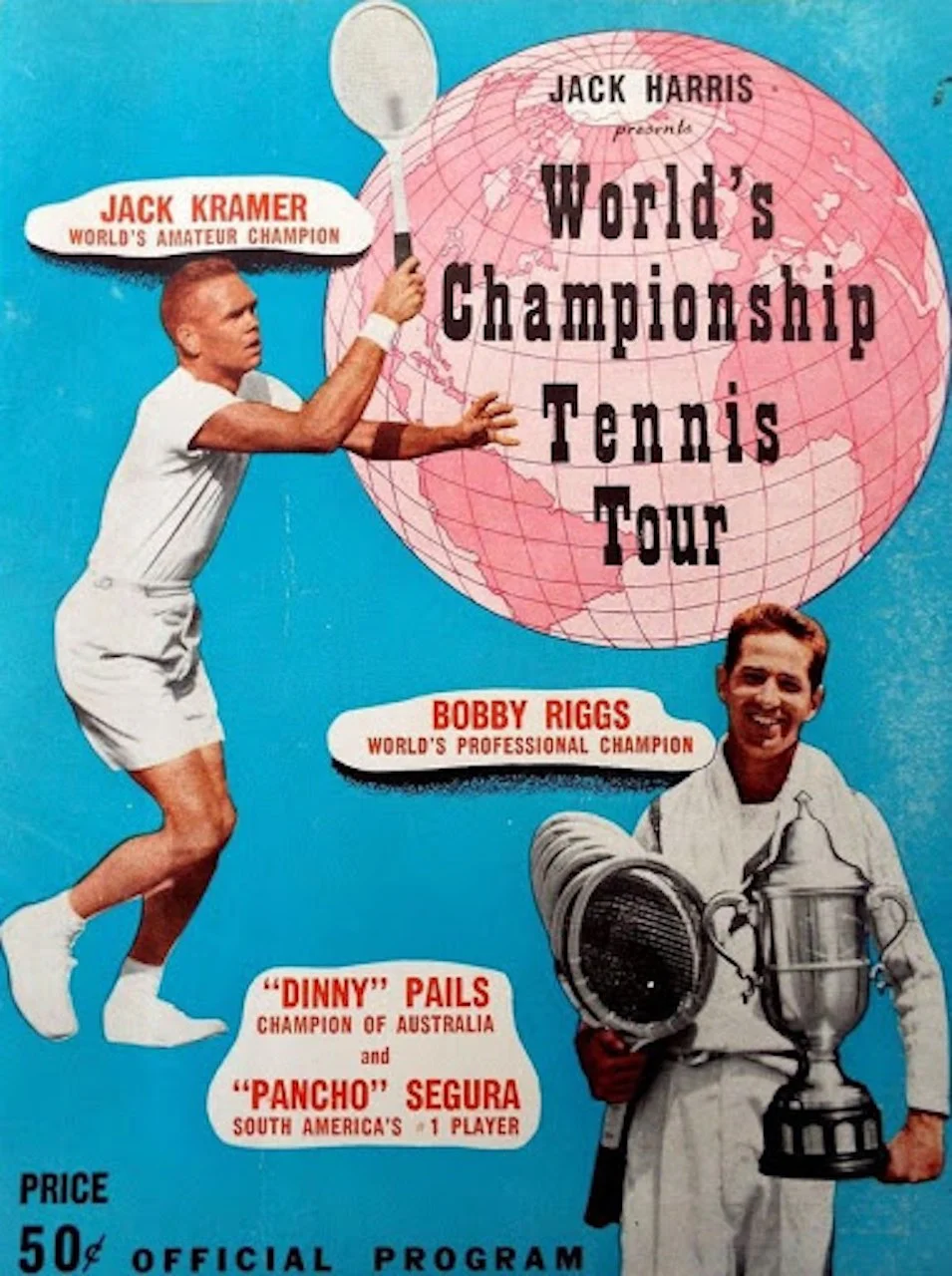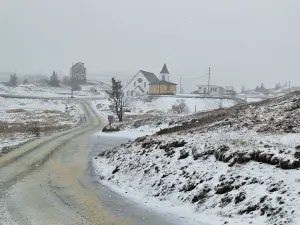
The tennis event no one wanted to miss during the Boxing Day blizzard
By the time the blizzard eased off on Dec. 26, 1947, measurement of the snowfall reached 26.4 inches (67.1 cm) in Central Park in Manhattan.
This Day In Weather History is a daily podcast by Chris Mei from The Weather Network, featuring stories about people, communities and events and how weather impacted them.
--

Program for the 1947-48 tennis tour. (Ralph Morse)
The Great Blizzard of 1947 was a record-breaking snowfall event that began on Christmas, without prediction, and brought the northeastern United States to a standstill. The snowstorm was described as the worst blizzard after 1888.
It was early afternoon on Dec. 26, 1947. Fifteen inches of snow had fallen since 5:25 a.m. Across town, in his room at the Lexington Hotel, professional tennis promoter Jack Harris looked out the window.
"The biggest tennis match in history," Harris said. "And nobody will be able to get there to see it."

Upper Atlantic Street and Park Row, behind Central Park. (Stamford Historical Society)
Six crosstown blocks away, the Madison Square Garden sign read: Pro tennis tonight, Riggs versus Kramer. But the snow was strangling transportation. Streets were clogged with abandoned cars and buses. Suburban railroads were snowbound. Subways were running, but everybody, it seemed, was going home to get out of the storm that was expected to continue until midnight.
The storm was not accompanied by high winds, but the snow fell silently and steadily. By the time it stopped on Dec. 26, measurement of the snowfall reached 26.4 inches (67.1 cm) in Central Park in Manhattan.

84th Rd., looking east. The apartment building is the side of 84-74 Talbot St. in Kew Gardens, N.Y., Dec. 28, 1947 (oldkewgardens.com).
Meteorological records indicate that warm moisture arising from the Gulf of Mexico stream fed the storm's energy as it encountered its cold air, thus greatly increasing the precipitation.
On today's podcast, Chris Mei discusses the Great Blizzard of 1947 and how it impacted New York City and the infamous tennis match that no one wanted to miss, despite the heavy snow.
Subscribe to 'This Day in Weather History': Apple Podcasts | Amazon Alexa | Google Assistant | Spotify | Google Podcasts | iHeartRadio | Overcast'
Thumbnail courtesy of Madison Square Garden










